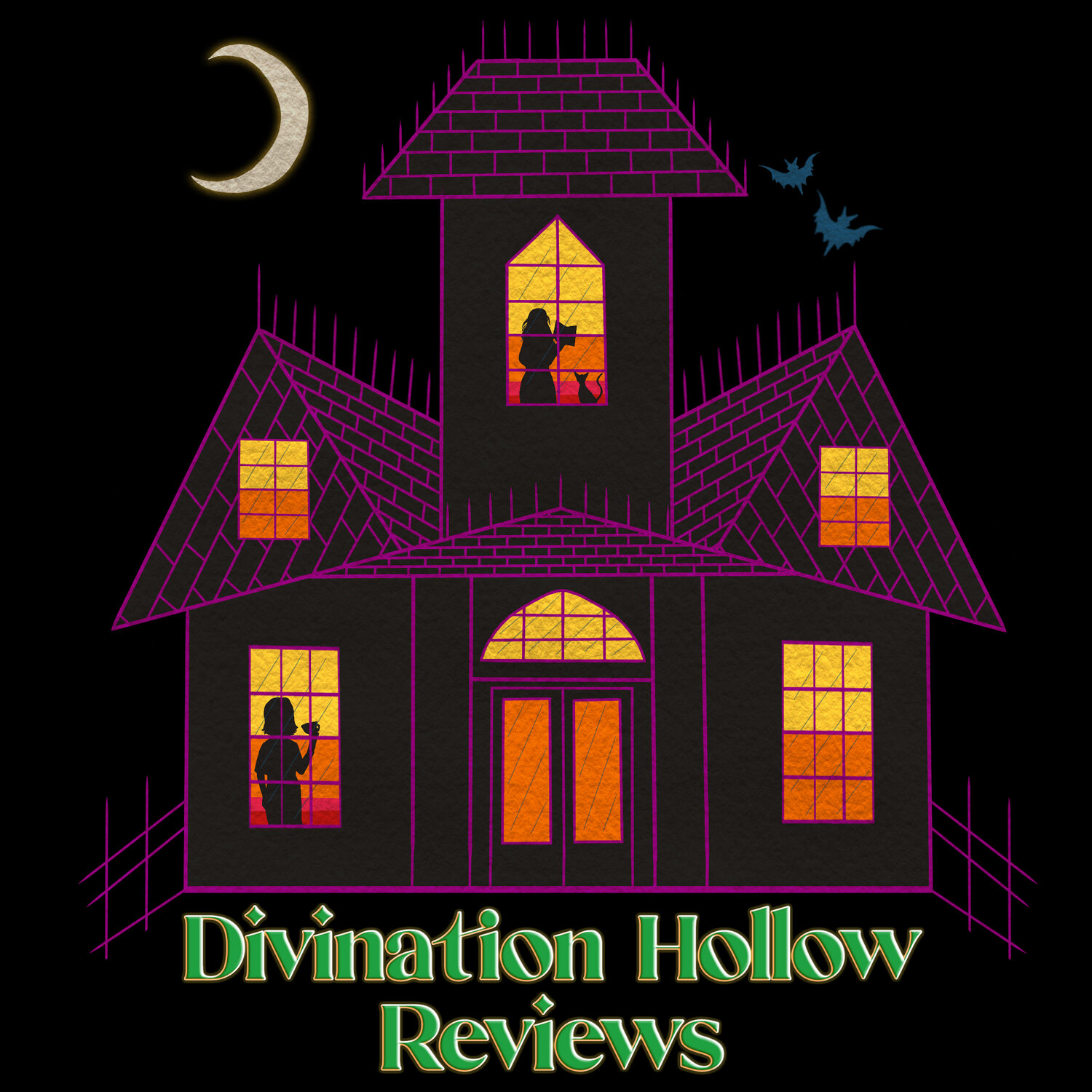Vampires, or A Loving Predator
Ah, vampires. Dangerous, dark creatures who have been turned into dangerous, brooding, sexy creatures. The journey of vampires is an interesting one, starting as folklore, causing people to dig up dead loved ones and take action when they discovered their hair and nails continued to grow after death. Loved ones who had probably died of more natural causes – rabies, TB, and other infectious illnesses. But when vampires entered literature, they became something more. In Vampyre, the first vampire story, the creature – based on Lord Byron – is a sophisticated, seductive gentleman. And ever since, there has been a fascination with vampires as rich, elegant, attractive.
The most famous vampires claim their victims through seduction. And it makes sense. The vampire’s bite is an intimate thing, and even in Dracula the sharing of blood is mentioned as being akin to sex. Vampires cross genres, appearing in horror, urban fantasy, paranormal romance. They’re villains, antagonists, love interests, heroes, anti-heroes. The good vampire and bad vampire (or vampires) is now a solid trope, as seen in Anne Rice’s The Vampire Chronicles or the series’ (book and TV) The Vampire Dairies and True Blood. They are sexy, yes, and dangerous.
And they are predators. Not just in the sense that they feed on humans, but in the sexual sense, too. They lie, manipulate, withhold information, and often have an agenda the object of their affection isn’t aware of. Looking at shows/books like those mentioned above, there’s usually a male vampire ‘wooing’ a female human. In Twilight (which I could rant about for hours, but I don’t here), Edward is instantly attracted to (though in the film he looks more repulsed by) Bella. The Vampire Diaries has the two brothers – Stefan and Damon – both trying to win over Elena, originally because she looks like the long-dead woman they loved. In True Blood, there is a constant battle for Sookie, waged by Eric and Bill.
Even when the vampire is a monster, not love interest, they use their charm and powers to draw women to them.
Yet women constantly write these stories, as well as devouring them. The actions committed by vampires are not ones many of us would put up with. So why are women so drawn to these predatory, dangerous, sometimes old-fashioned men?
It might be because, in those stories, it’s the women who have the power.
When there’s a vampire-human-vampire love triangle, or even a vampire-human-werewolf one (Twilight, Anita Blake, etc), it’s the woman who has the choice. The men soon learn their actions cannot continue, that if they continue in their predatory behaviour, if they keep secrets or act out – even if its to protect the person they love – the woman will leave them. The presence of a vampire also ensures the woman is safe. Sookie first meets Bill when he saves her life. In the TV version of The Vampire Dairies, Elena is saved multiple times by both Damon and Stefan. Even when they are more than capable of protecting themselves, the vampire acts as a barrier. And woe betide anyone who doesn’t respect the woman standing at his side.
These predators are shown to change, and even those who use dubious means to draw victims in still treat women with courtesy and respect. Old-fashioned at times, yes, but in creating a vampire, writers are able to combine the best of the past with the best of the present. It can be argued, too, that some vampires are less threatening than actual men the woman might encounter. Their presence draws supernatural threats (usually for the sake of the plot), but it almost seems worth it in order not to deal with the more toxic cis men.
There’s also another factor when it comes to vampires. Even if it’s not something the human character wants, there’s always the possibility they can take on the same powers the vampire uses. A vampire’s bite has the power to both kill and create. Immortality, strength, and often supernatural abilities are within reach.
The way vampires are portrayed when they’re in love with the human character, when a (usually male) vampire falls for a (usually female) human, turns the vampire from predator to prey. Into someone willing to do anything for the woman, and whether its through their own abilities or passing their talents onto their partner, or from the human discovering the ‘secrets’ of vampires and their weaknesses, the human, in turn, is able to shift from prey to predator.
The first literary vampire was written to reflect the way Lord Byron moved through lovers, the way he drew multiple people towards him, even when being with him was not in their best interests. The romantic vampire very much remains like that, a dangerous predator, but one which the audience now sees change and evolve through their relationships. Predatory, yes, but the romance comes in once they show a willingness and commitment to change. In vampire-male and human-female relationships, it’s the woman who has the power, even if on paper the vampire is more powerful. They are reflections, the monster a mirror to the men we should not want, but hope desperately to change. Unfortunately, where it happens in literature it doesn’t happen in real life.
But vampires can also teach important lessons. They show us the predator and predatory behaviours, they show how the façade can be so different to the interior, how handsomeness, charm and initial behaviours can be hiding the real monster beneath, and how sometimes it is best to cut the losses and run once the mask drops.
By Elle Turpitt
Website: www.elleturpitt.com
Twitter: @ElleTurpitt














